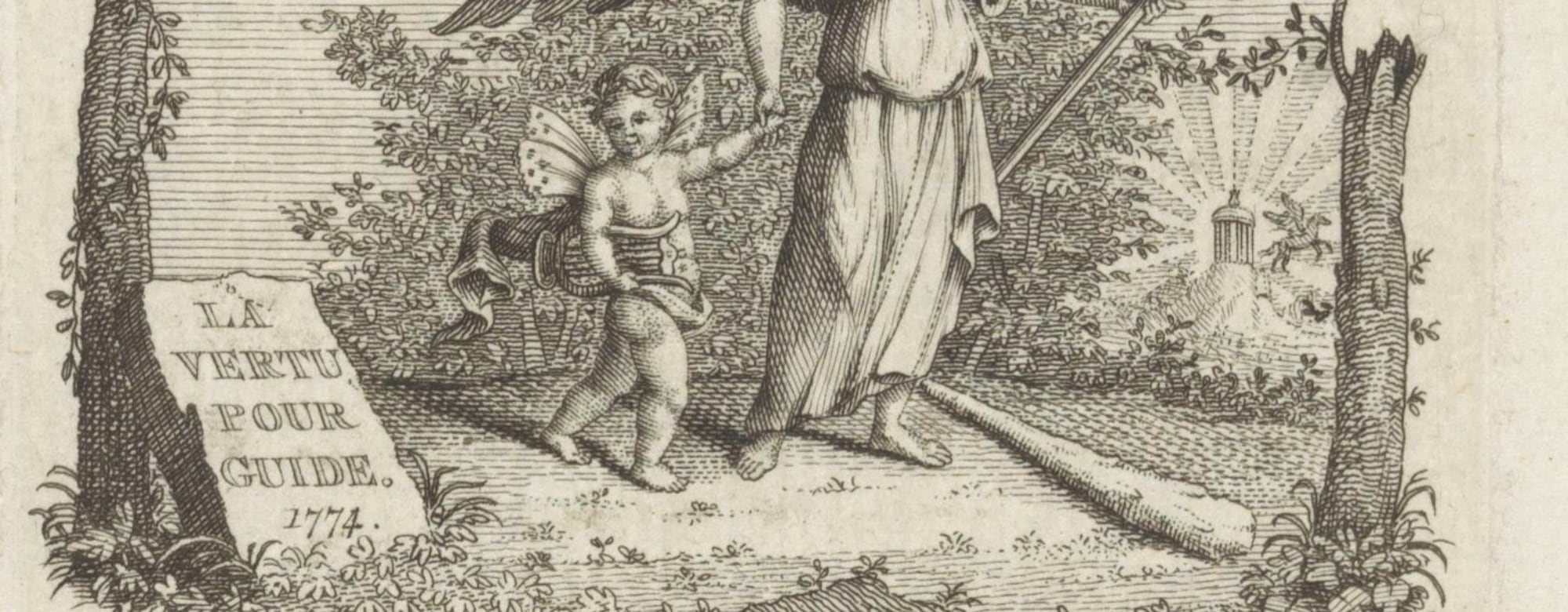Last week, we launched our Guidelines for the Implementation of the DSM Directive. This is part of a series of blogposts dedicated to the various provisions analysed in our guidelines. Today we give a quick explanation of the mandatory provision in the new Copyright Directive that ensures that faithful reproductions of public domain works of visual art cannot be subject to exclusive rights.
For a detailed analysis, please read Communia’s guide on Article 14, authored by Paul Keller, Teresa Nobre and Dimitar Dimitrov.
What is at issue in Article 14?
Article 14 is intended to ensure that reproductions of public domain works of visual art cannot be protected by exclusive rights, and as a result be taken out of the public domain. This responds to the practice of museums of controlling the reproductions of artworks of long dead artists.
Breaking down Article 14
What does Article 14 do? Makes faithful reproductions of certain works uncopyrightable.
What does that mean? Anyone can freely use the resulting reproduction materials, for any purposes, without having to ask for permission.
Which works are covered? Works of visual art that are in the public domain.
What are the conditions? That the copyright on the original work has expired and that the reproduction material is not itself original.
Which reproduction materials can be used? Non-original materials, which cannot be considered themselves copyrighted works.
Does this apply to all reproductions, regardless of when they were made? Yes. Article 14 applies to non-original materials resulting either from reproductions that are made after the work of visual art has entered the public domain or from reproductions that were made before the work of visual art has entered the public domain.
How to deal with Article 14?
Do not implement Article 14. In countries where there is established consensus that faithful reproductions of copyrighted materials are not protected and anyone can freely use them, advocates should make Member States aware that they do not need – and should not – implement Article 14.
Implement Article 14. In countries where faithful reproductions are protected or where the legal status is inconclusive, Article 14 should be implemented. If there is only political willingness to do what is requested, one should advocate for the best possible implementation of Article 14, which is a version that respects the conditions required by the EU lawmakers, and further clarifies some open questions:
- Define what constitutes a work of visual art, and clarify that it includes 3D works
- Define what constitutes a reproduction, and clarify that it includes 3D reproductions
- Clarify that the protection of non-original reproduction materials that may have arisen during the term of protection of the original work expire once the original work enters into the public domain.
Move beyond Article 14. The ideal scenario for the protection of the public domain would be to not limit the national reforms to what is prescribed by Article 14 and to secure in each country the right to freely use any faithful reproductions of all types of works and other subject matter, regardless of whether those works and other subject matter are still protected by copyright or not.

